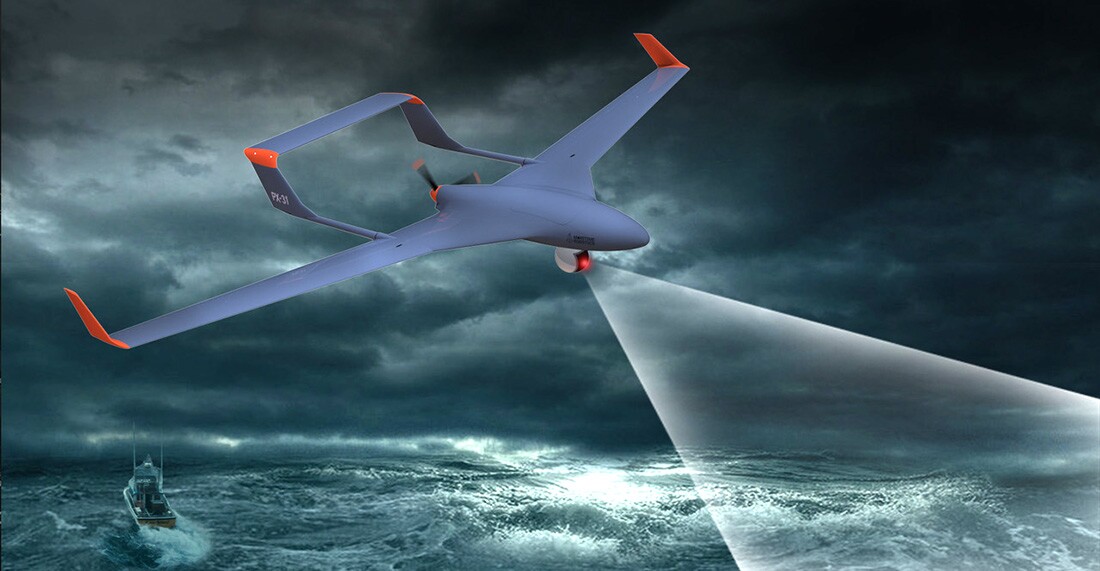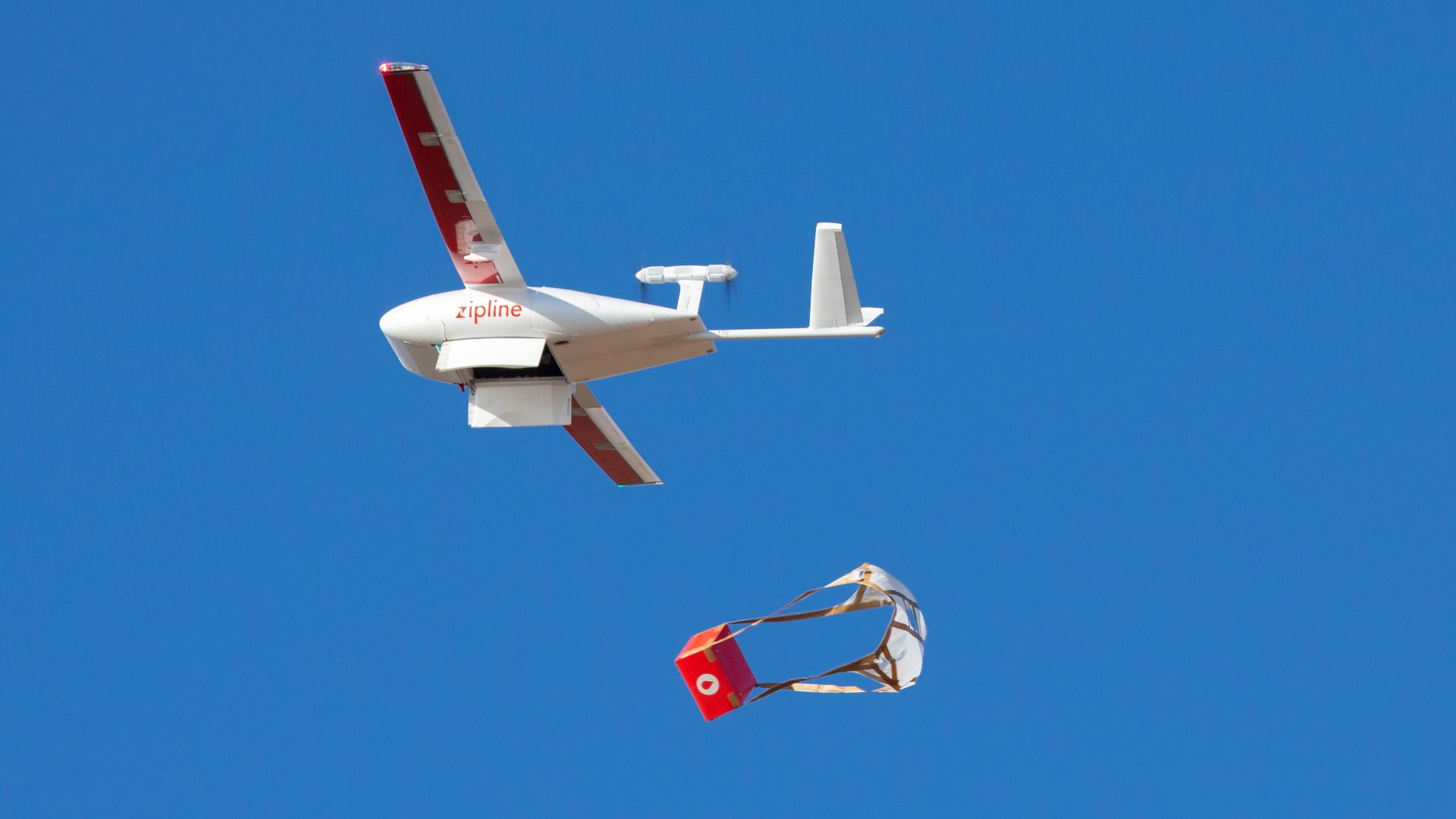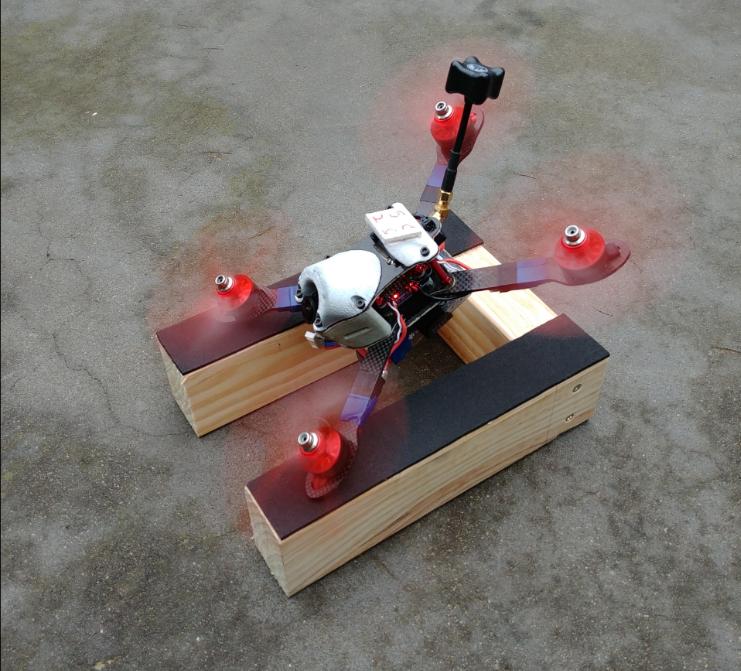
There are many versions of the RQ-4 Global Hawk. These include the Block 20 and 30 variants. This article will discuss the various variants and provide information about the RQ-4A Global Hawk Block 20 and 30 and the marinised RQ-4N. The Global Hawk is used to carry out reconnaissance missions. However, it can also serve many other purposes. The block 20 and 30 models are the most widely used.
RQ-4A Global Hawk
Northrop Grumman developed the RQ-4A Global Hawk. It is an unmanned, aerial vehicle. It can provide continuous near-real-time coverage, as well as imagery, signals and moving target indicator sensors. The Japanese military has already ordered three unmanned aerial vehicles, the Global Hawk. The system will be used to provide a wide range of intelligence collection capabilities to joint combatant forces engaged in peacetime, contingency, and crisis operations worldwide. It can also help to solve common regional problems.
The RQ-4A Global Hawk model is the most widely used. Its combat hours have exceeded 6,500 and it has been in operation since 2001. The aircraft is scheduled to deploy to Afghanistan as early as 2006. The RQ-4B aircraft is designed for long-term operations and is capable of carrying a payload up to three ton. The aircraft features two ground control elements as well an enhanced integrated sensors suite payload.
RQ-4B, Block 20
The United States Air Force designed the Global Hawk unmanned aircraft vehicle. The RQ-4A was the first air vehicle to be delivered to the US Navy. In 2005, the USN acquired two of these aircraft. These aircraft are equipped with an AESA radar from Northrop Grumman, Raytheon electro-optic/infrared sensors, and a communications suite developed by L-3 and Sierra Nevada Corp.

The Euro Hawk is built on the Globalhawk RQ-4B Block 20 UAV by Northrop Grumman. It is one of the most powerful military UAVs on the planet. The Euro Hawk was modified to meet German requirements. It is equipped with Cassidian SIGINT sensor from EADS. The construction cost of the Euro Hawk was estimated to be between 600 million and 800 millions euros. Global Hawk RQ-4B Block 20 can perform surveillance, reconnaissance and reconnaissance missions.
RQ-4N marinised variation of the RQ-4A Global Hawk
The Block 0 or 'Global Hawk' variant of the RQ-4 was developed in 1997 by Northrop Grumman as a part of the Advanced Concept Technology Demonstration (ACTD) program. It was designed to develop a U-2 spy aircraft that could autonomously operate anywhere in the world. Global Hawk was a great success. It flew its first test flights 9 September 2003. With more than one dozen aircraft built in a single season, the production speed was increased.
Block 10 Global Hawk was delivered in May 2007. The American Air Force bought 16 of these aircraft. The last one entered service on 26 July 2006. Specific specifications were given for the block-10-variant. There are 59 RQ-4A variations in use today, but only seven remain in service. Its predecessor, RQ-4A, was also upgraded into the RQ-4B.
RQ-4C Block 31
The US Air Force has pulled the Global Hawk RQ-4C Block 30 of its operational service. This unmanned aerial vehicle was the first U.S. aircraft to be capable of intercepting enemy missiles or spy planes. The RQ-4C Block 30 has undergone a re-engineering and will fly missions again. It will be able to carry 3,000 lbs of internal payload. It is the seventeenth Global Hawk to fly. Block 20 flew its first flight on March 1, 2007, while development testing took place in 2008, 2009 and 2010.

In June, the USAF began producing four Global Hawk RQ-4C Block 30 aerial vehicles. The first two aircraft are expected to be delivered by the USAF in 2018, with the second pair arriving in 2019. The aircraft will come equipped with the most current sensors and equipment, such as the Enhanced Integrated Sensor Suite. The Japanese military will benefit from its new capabilities in a variety of intelligence and combat operations. Its versatility is a great asset to the Japanese air force.
FAQ
Can you fly a drone high without a licence?
The FAA does not limit the height of a drone. You will need to register your unmanned aircraft system (UAS), including the registration number and model name, weight, dimensions, serial number, manufacturer's number, date manufactured, and any other information.
Do I need to be able to fly a drone without special training?
No, you don't need special training to fly your drone. You only need a remote controller unit and basic knowledge about flight mechanics.
Is it a crime to fly drones?
Yes, flying drones in certain countries is illegal, such as Australia and Canada, Germany, Japan. New Zealand. Singapore. South Korea. It is legal in countries such as France, Italy Netherlands, Poland and Russia.
Can I fly my drone around my neighborhood?
Yes! These are called UAVs, or unmanned aerial vehicles. There are many types of drones on the market today, including small quadcopters and large fixed-wing aircraft. The FAA recently released new rules for commercial UAV use, meaning that they are now legal to fly for business purposes. It is important to remember that UAVs are not allowed near airports.
What are the laws regarding flying drones
In the United States, the Federal Aviation Administration (FAA) regulates all aspects of drone operations. The FAA must issue a certificate before you can commercially operate a drone. You must then complete a course on piloting skills and pass an examination. Finally, you must pay a fee to the agency.
What kind batteries does a drone need?
The majority of drones use lithium-ion cells. The typical drone draws between 3 and 6 volts.
Statistics
- With the top 10% making over $100/h and the bottom 10% making as low as $10/h. (dronesgator.com)
- According to the multiple listing service (MLS), houses and apartments with drone photographs are up to 68 percent more likely to sell than those without pictures. (thedroneu.com)
- Research and Markets predict a growth rate of 51.1% over the next five years. (thedroneu.com)
External Links
How To
How to Fly Drones with Beginners
A drone is a remote-controlled aircraft used for aerial photography, cinematography, surveillance, scientific research, and hobby purposes. Drone technology has existed since World War II. DJI's Phantom series of quadcopters was the first to be commercially used. From beginner-friendly drones such as Parrot AR Drone 2.0 through professional-grade multirotor craft like DJI Mavic Pro, many types have been available.
There are several ways to fly a drone, including;
-
Remote control - This method uses a control device attached to your hand, which enables you to steer the drone through its flight path. There are two main types, On/Off switches (like radios) and joysticks.
-
Manual Control - This method uses a smartphone app to remotely control the drone using GPS coordinates. The app will provide instructions and help you to locate the drone.
-
Autonomous Flight: This means that the drone will take care of all the piloting. It is basically flying autonomously and without human intervention. To enable autonomous flight, the drone should have a built in camera and sensors capable recording images and data.
-
Triggered Flight – This method is very similar to manual flight. The pilot creates a route that the drone will follow until it reaches the destination. Once the programmed route has been completed, the drone returns to the base automatically.
-
Landing Gear: Some drones have landing gear that allows them safely to land in case they lose power or run low on battery.
-
Goggles - Some pilots wear goggles to protect themselves from debris while operating.
-
Camera - Certain drones come with cameras that allow you to take photos and videos from high above.
-
Obstacles: Some drones are equipped with obstacle avoidance systems to prevent them from hitting obstacles.
-
Speed - Drones can reach speeds up to 40 mph.
-
Battery Life – Most drones will last 20 minutes to three hours depending on how powerful they are.
-
Range - Depending on the model, some drones can travel up to 30 miles away.
-
Power source - Some drones require an external power source; others work off internal batteries.
-
Weight - Some drones can be as light as 1 pound while others can reach 4 pounds.
-
Size - Drones range from small devices that fit in one's palm to large crafts that weigh more than 50 pounds.
-
Price - Drones come in a variety of price categories, including high-end models which can run into the thousands and low-cost options that can start at $100.